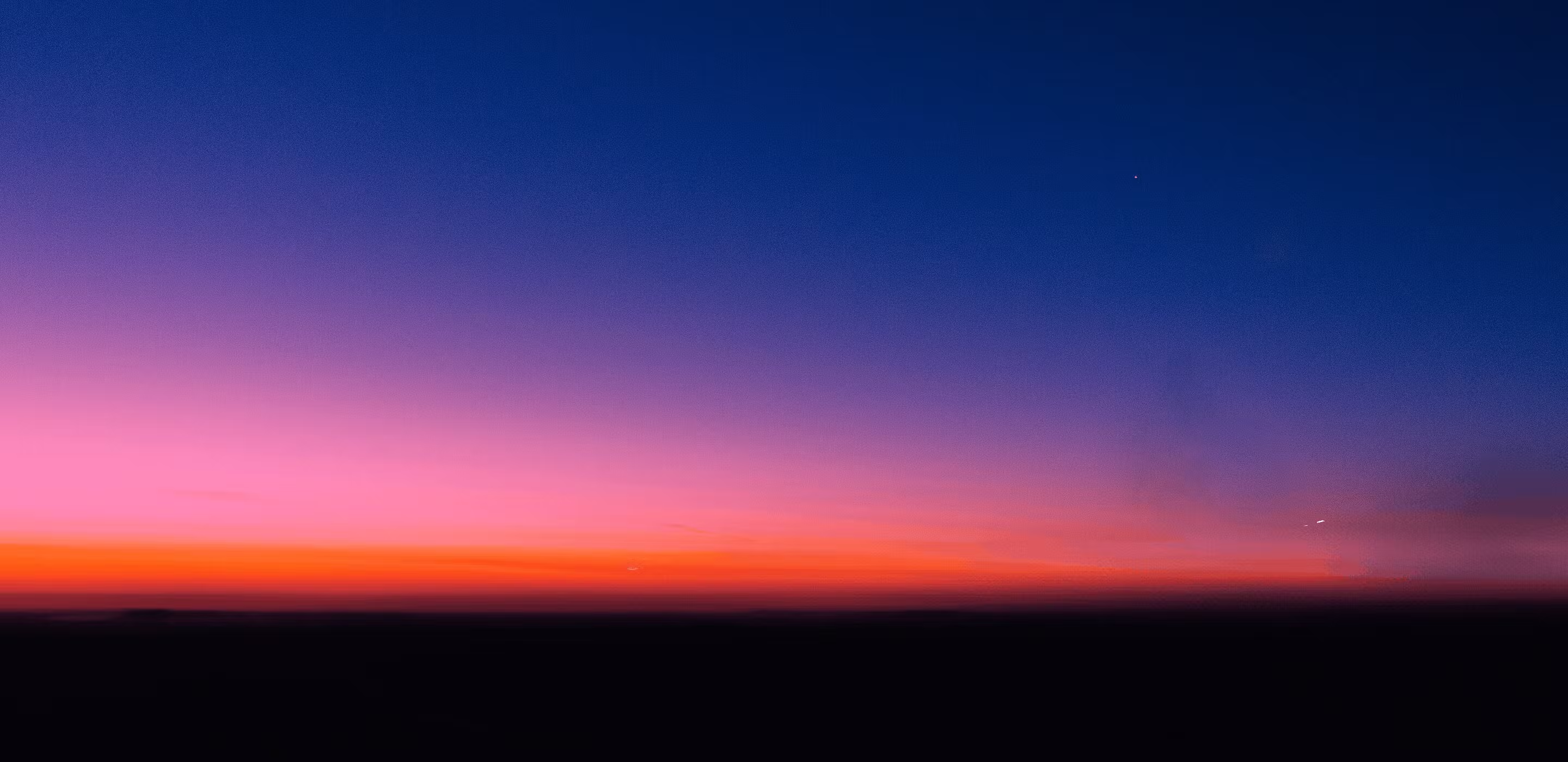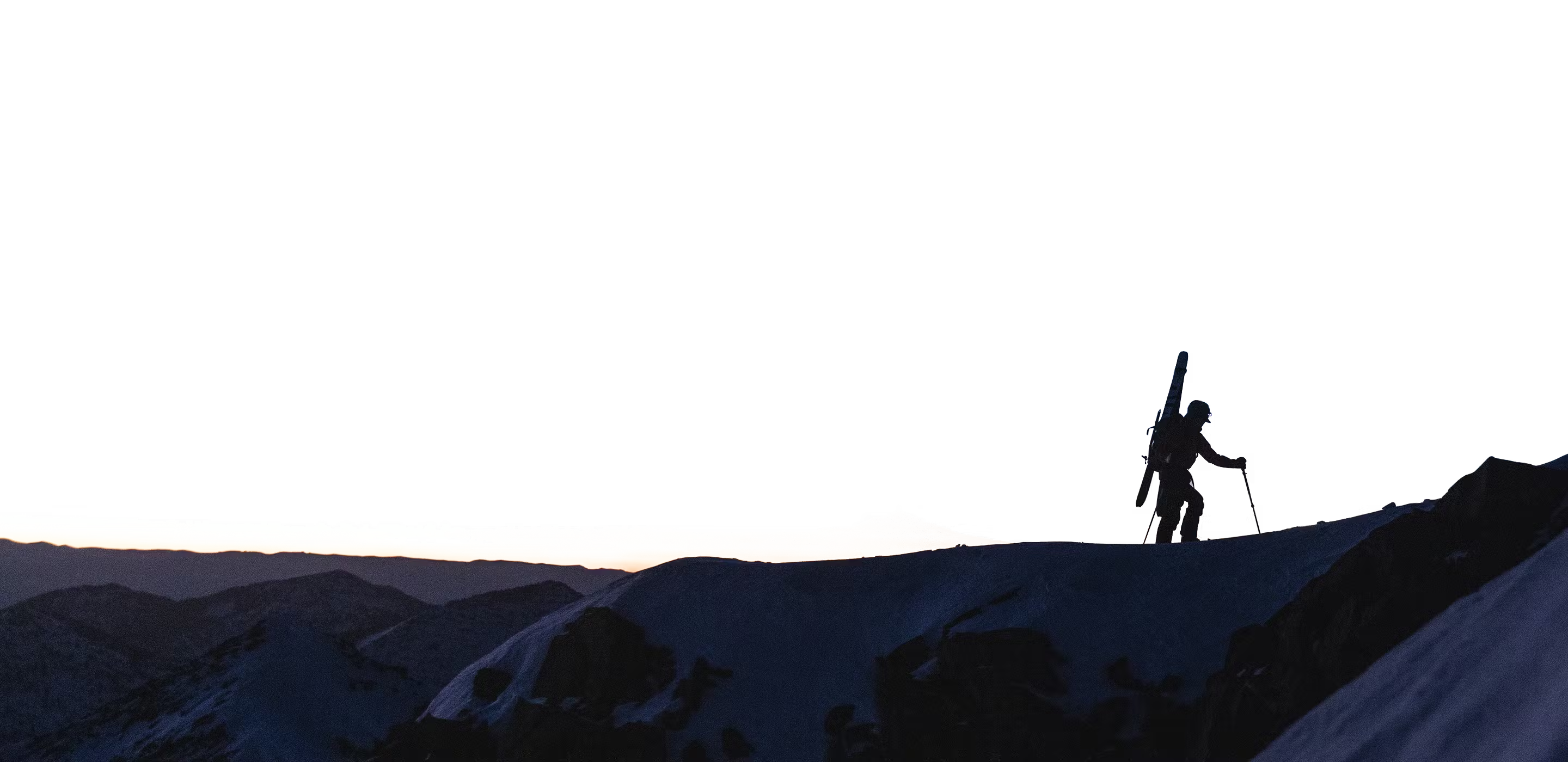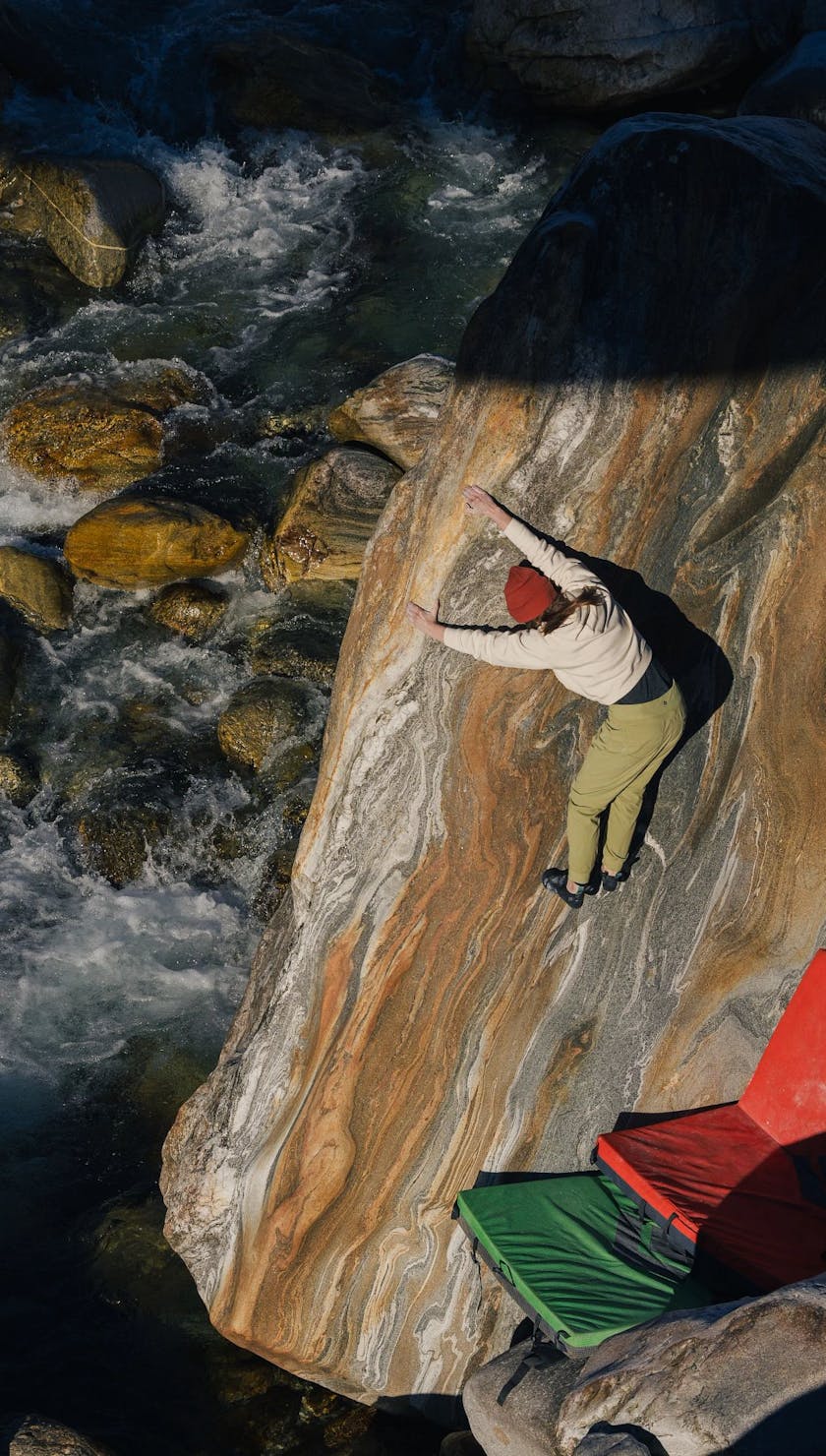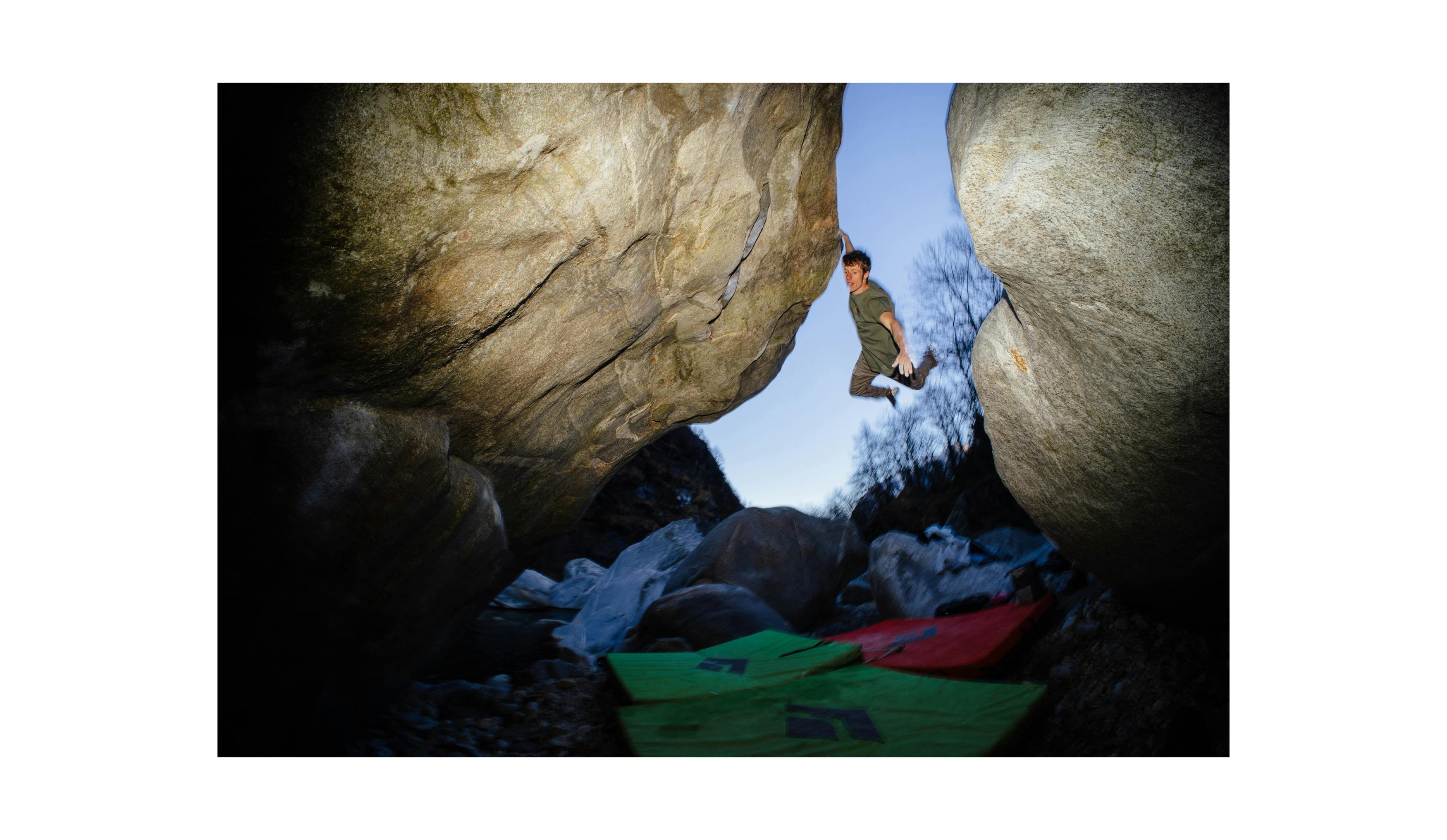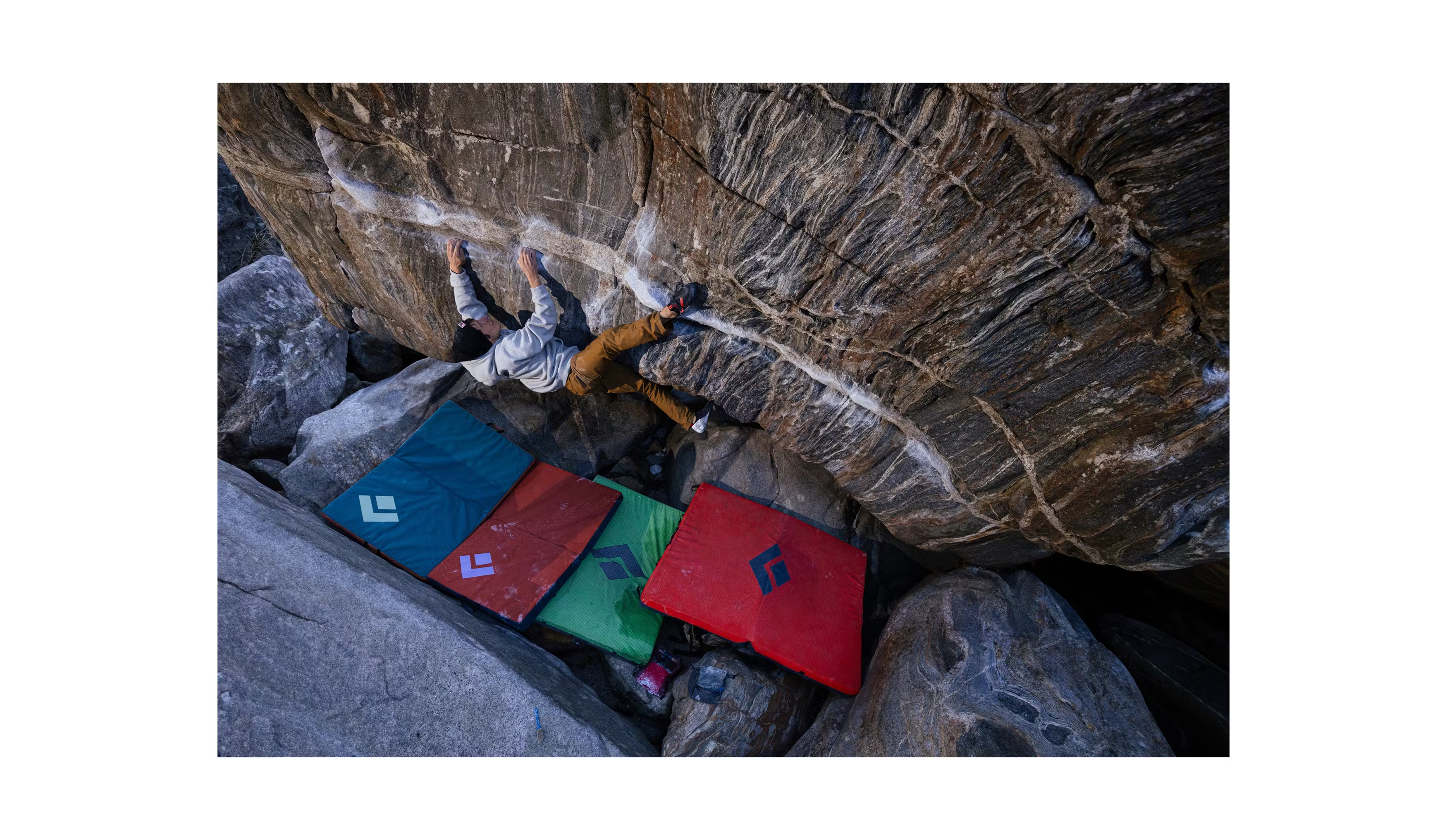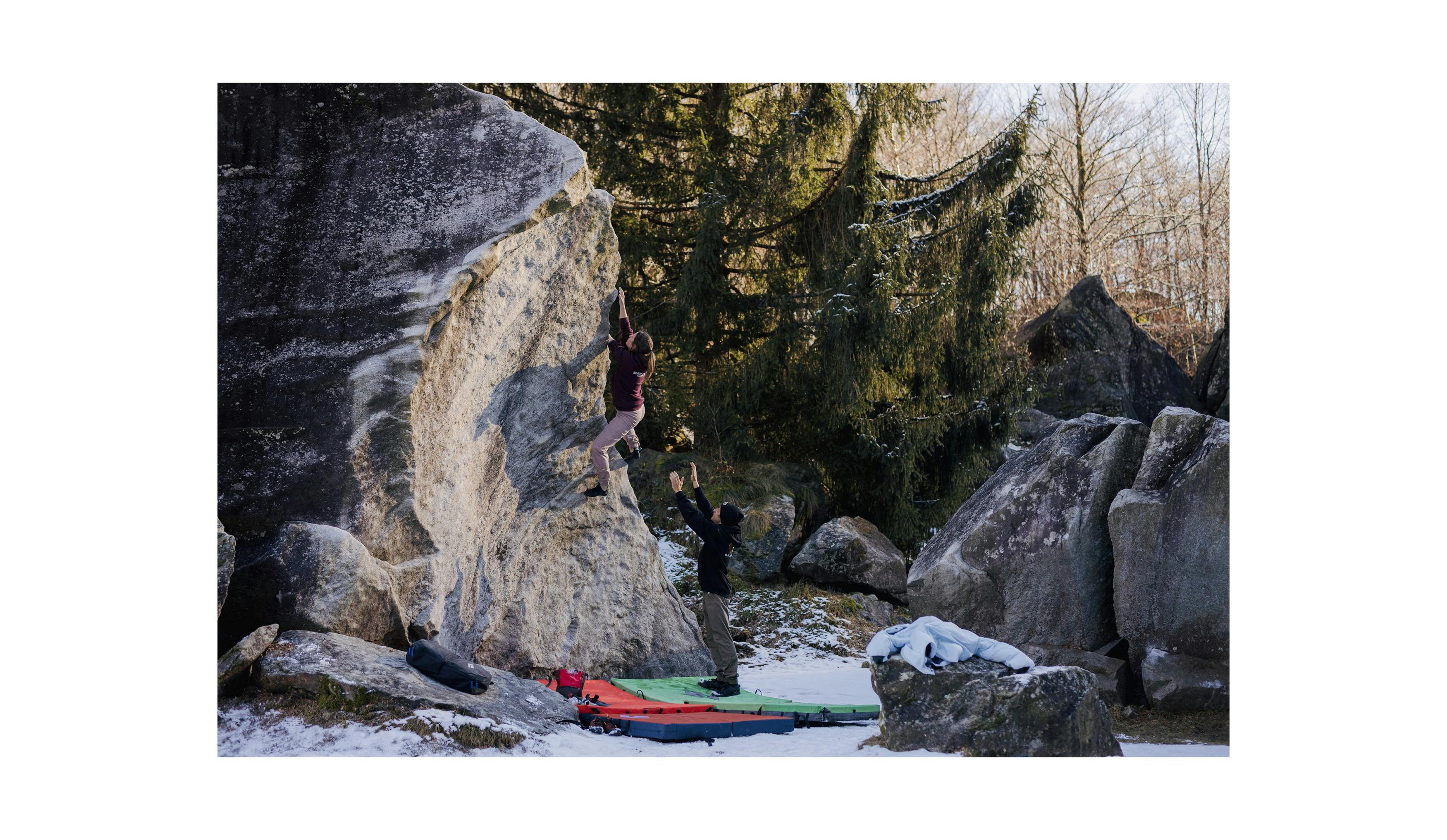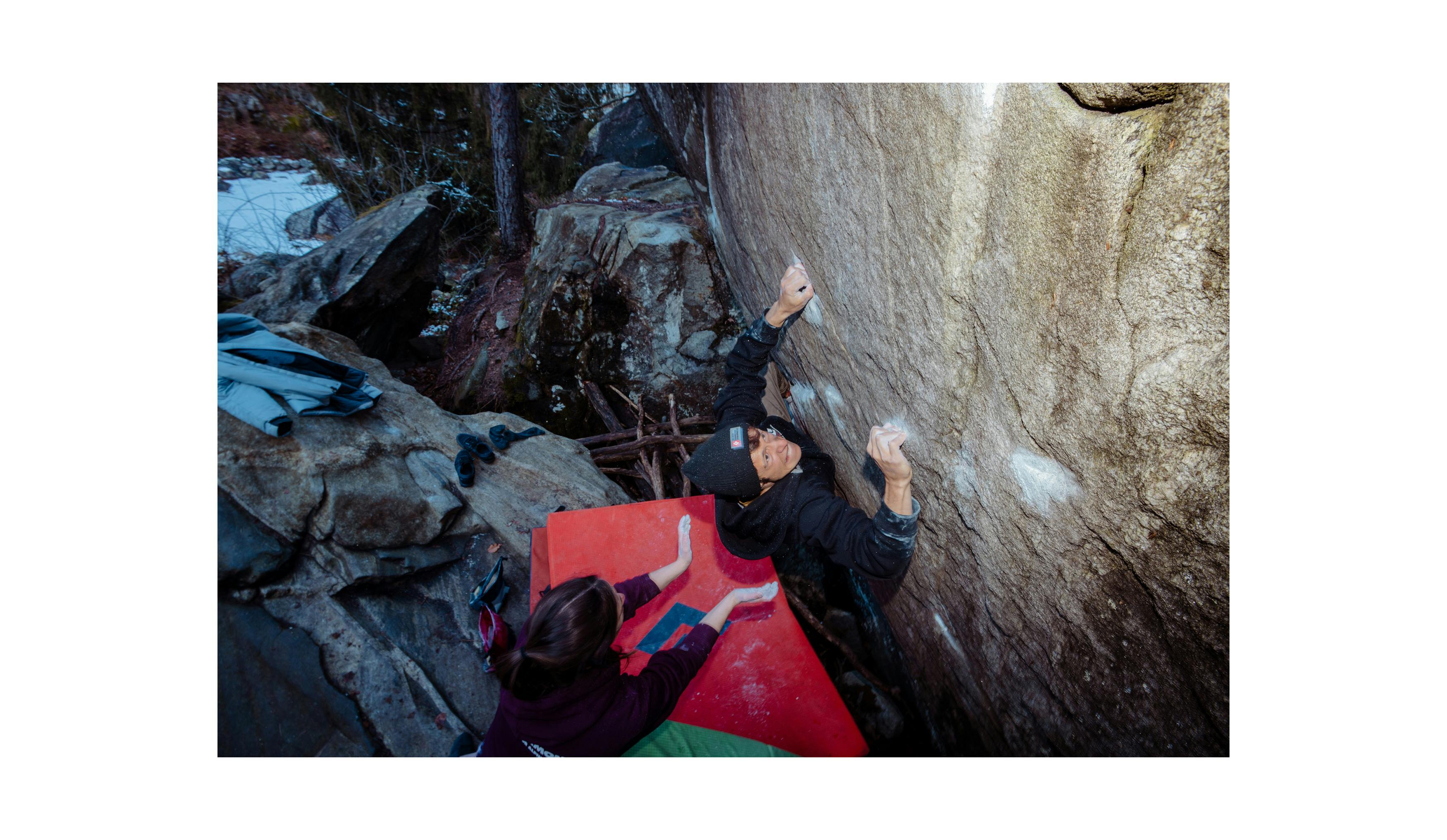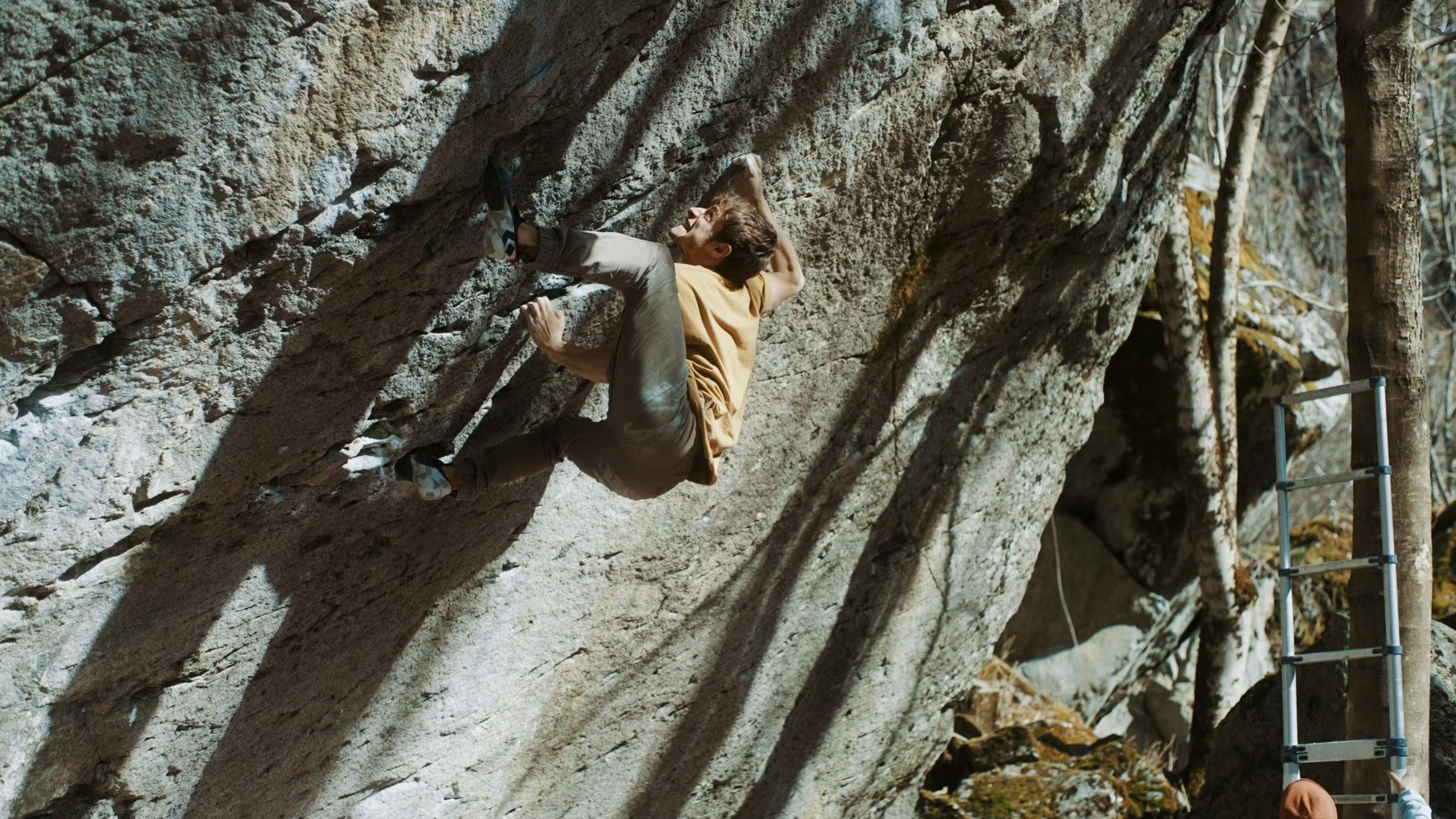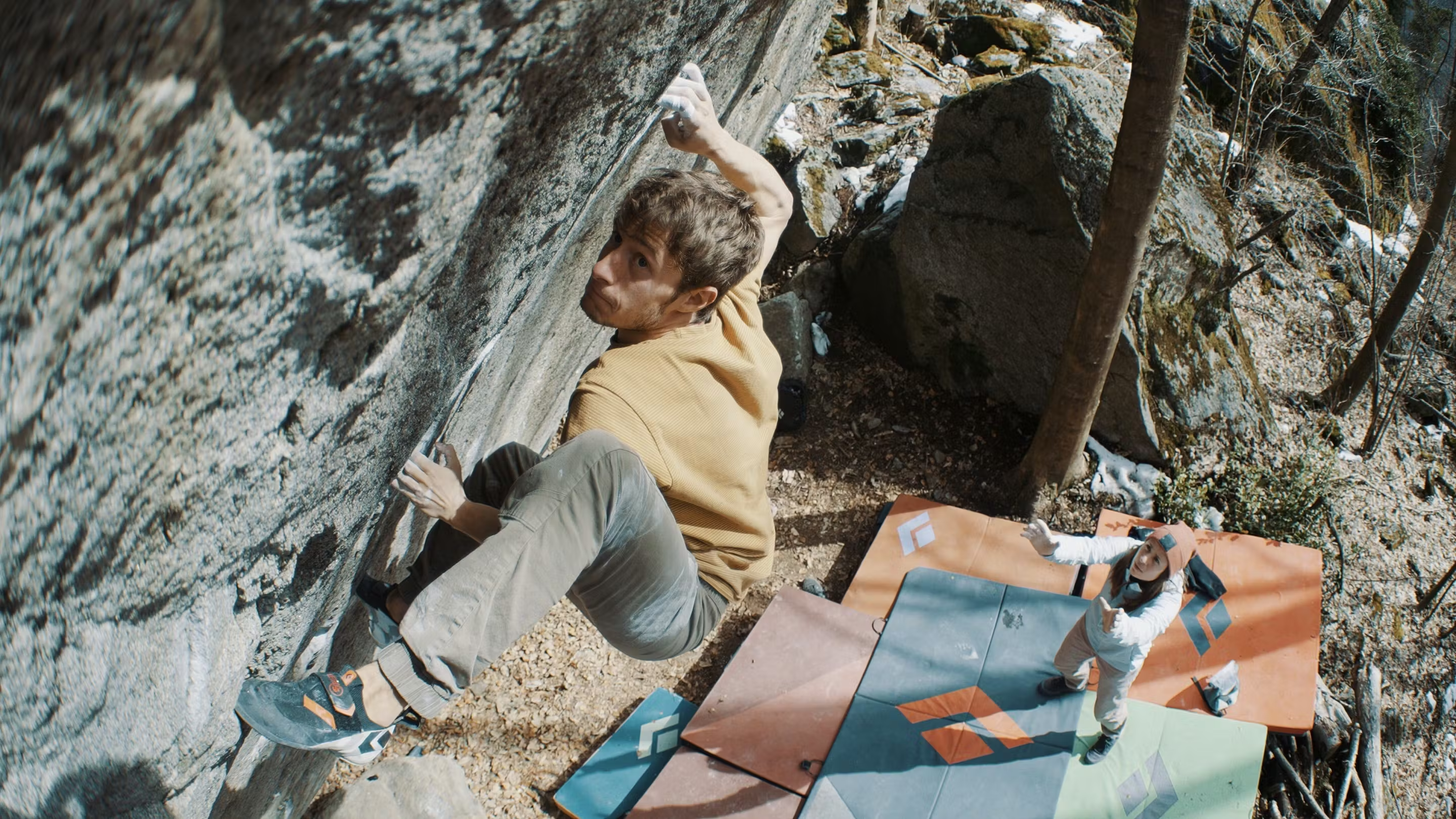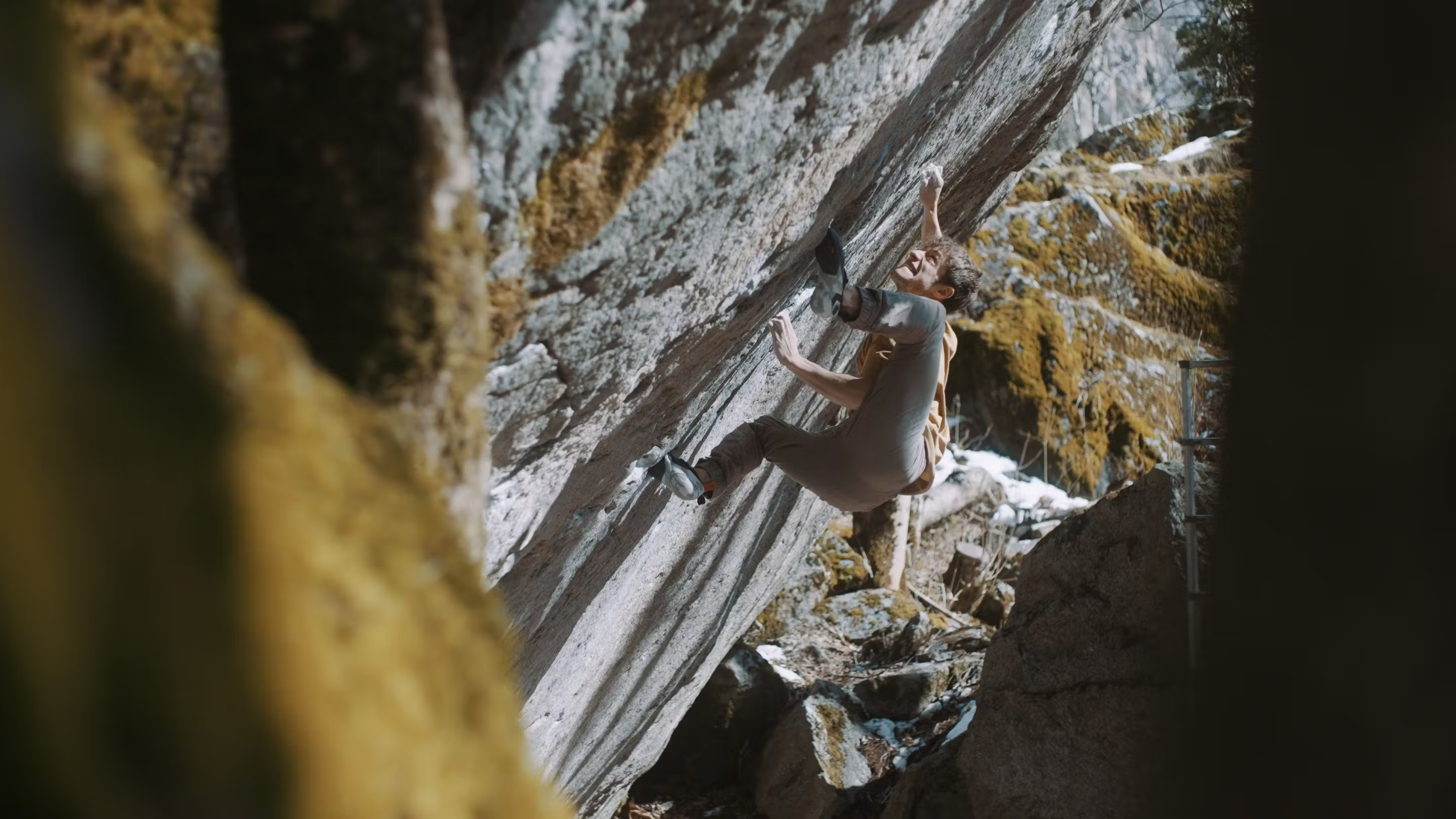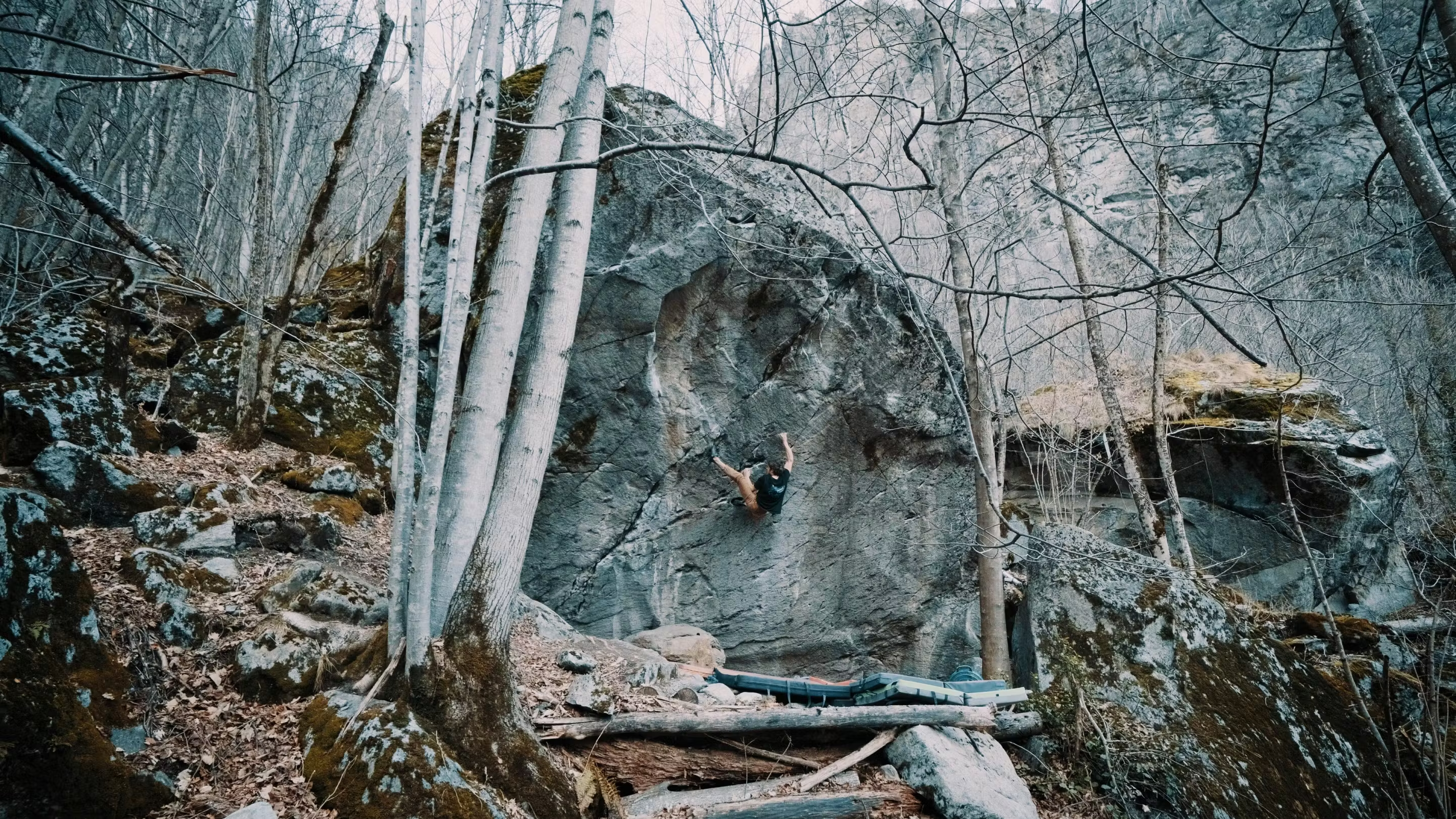We want to invite you to Ticino, Switzerland, home to some of the finest bouldering in the world.
From first ascents to inspiring projects, Ticino Gravity explores the essence of bouldering while delving into the area's rich history and background.
This film serves as a call to action, inviting you to learn about local customs, sensitive access issues, culture, and our community, so we can all preserve the places we love.
#minimizeyourimpact
For BD athlete Kim Marschner and ambassador Kaddi Lehmann Ticino has become a second home. In this film they show you where their love for the area comes from and take you on a journey through one of the best and most renowned bouldering areas in the world. Ticino is home to world class zones like Chironico, Cresciano, Callanca, Brione and Valle Bavona where bouldering history was made. They follow in the footsteps of Claudio Cameroni, Fred Nicole, Bernd Zangerl, Thomas “Steini” Steinbrugger, Michi and Ivan Tresch, to name just a few. They also meet up with Richi Signer—one of the visionary pioneers who recognized the potential of bouldering in Chironico. Let's go.
Embrace Gravity – A Ticino bouldering story
The full Story from Kim on his experience on his latest king line and First Ascent:
Embrace Gravity – A Ticino bouldering story
The first time I went to Ticino was in 2016. I turned 18 that year and was allowed to drive by myself. I have just bought my first van, invited two friends, and we drove to Switzerland.
Straight away I fell in love with Ticino and I knew that this would be the bouldering area I want to spent my time, to repeat all those classic king lines and establish new boulders.
I soon put my attention to the Val Bavona. It’s a side valley of Valle Maggia and the first time I went there, I was overwhelmed by the endless number of boulders in that valley. You drive up this narrow valley, and right from the start, there are fields of blocs to the left and right of the road. The special thing about Bavona is that most of the established boulders are 8a or harder. There are more than ten boulders 8C and harder in this small valley. I don't know of any other place in the world where this is the case.
I’ve spent hours and days walking through the forest and up the hills looking for boulders. I’m driven by the idea of finding that one boulder that stands out over all the others. To be honest, I don’t even know what this boulder must look like. For sure it should be tall and hard, overhanging, with clear features. But in the end, it’s hard to imagine this bloc and that’s why I keep on exploring and I’ll probably never stop looking for that one boulder.
Last year Jimmy Webb and his friend Roman found that really cool bloc all the way up the valley. They invited me to try the boulder with them. It’s this big overhanging wall with crazy featured rock. To be honest, it comes really close to the king line I am looking for. But as I mentioned, I always want to find something greater.
Jimmy soon climbed the left line on the bloc and called it “The New Abnormal”. It’s a great 8B+/C boulder but harder if you’re short. My main focus was more on the right exit of that boulder because size wasn’t a real factor for that line.
But last year I wasn`t able to do the crux move and the season ended.
This year I came back with the goal to climb that line. The second day back in Bavona, I carried all my pads to the boulder and started trying again. I quickly found out that the beta I tried last year wasn’t working so I searched for a different way. Instead of jumping from a small crimpy pocket to a flat crimper I found a right toehook and a high left foot of which I was able to statically lock off that move. After trying it a lot I finally stuck the move for the first time. Game on!
The next session I felt a bit tired and couldn’t do the move anymore. A bit frustrated, I decided to do two rest days and try with new energy. My plan worked out and I could do the move again but still wasn’t able to link the start into it. The next session though the conditions felt better, my skin was great and I felt strong. After a good warm up I was ready to give it a try but again I fell on the crux. Coming from the beginning it’s really hard to get the crimpy pocket in the correct way and it makes the move way harder. Another go and I fell again. Next try – again. I realized I got tired and it was time for an hour of rest. I went down to the parking space and warmed myself up in my van. A little snack for some energy and I was ready to give it one last try.
I climbed to the crux, stuck the pocket perfectly, placed my left foot and the right toehook and pulled as hard as I could. I barely stuck the next crimp and I started to realize that all I have to do now is to keep it together. It’s still not over after that move but I had it pretty dialed and knew I could do it.
A few seconds later I found myself on top of “Embrace Gravity” 8B+, First Ascent. What a feeling!
Kim Marschner
BD Athlete
“Straight away I fell in love with Ticino to repeat all those classic king lines and establish new boulders.“
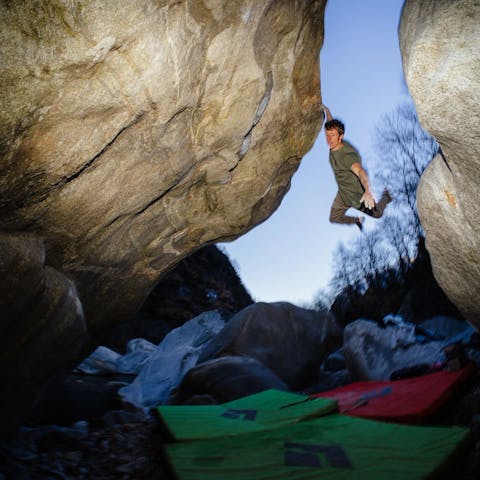
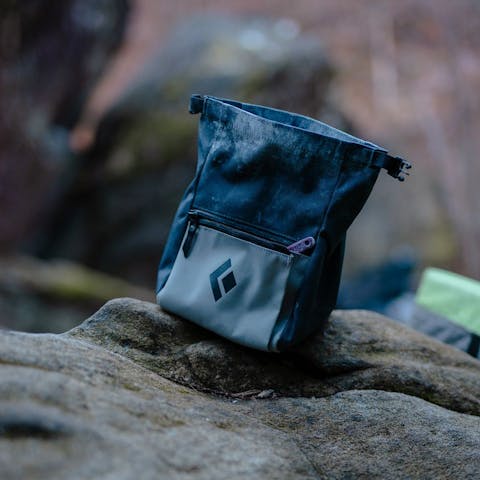
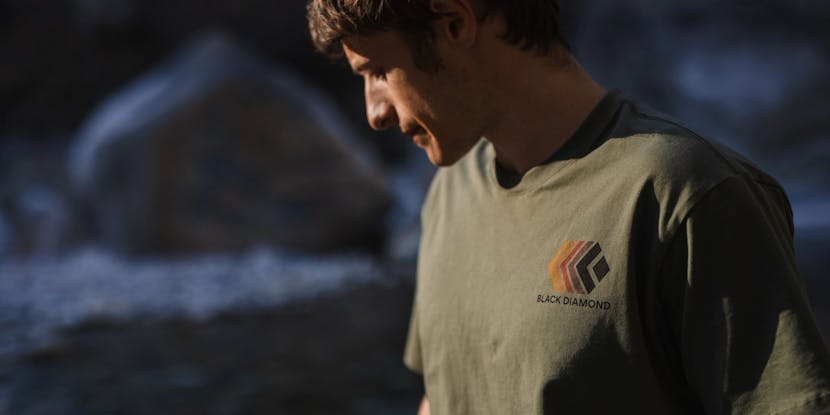
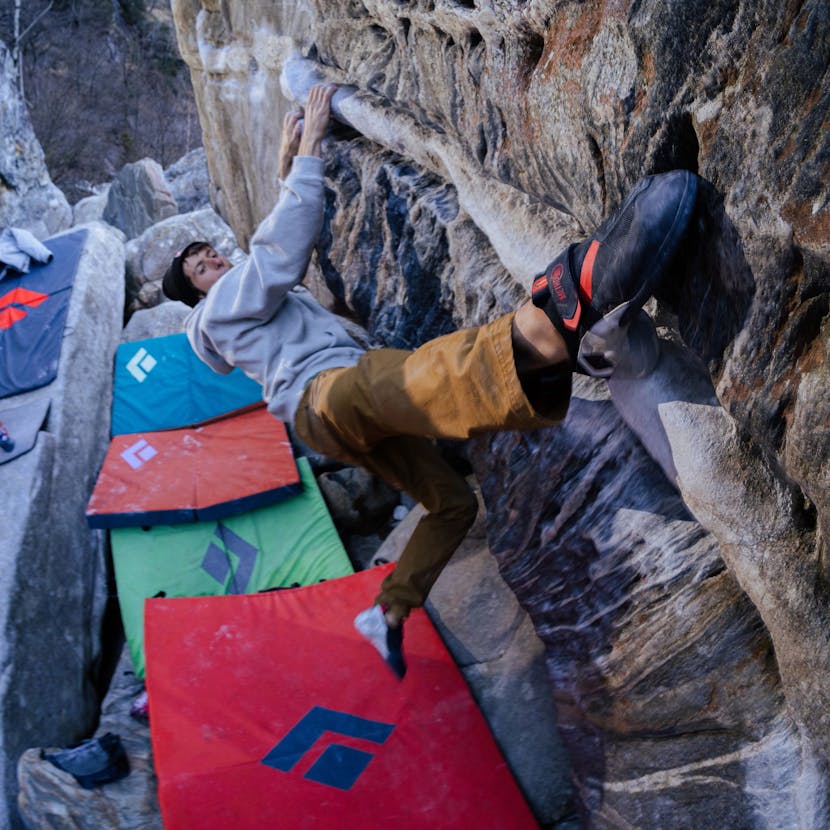
“I’m driven by the idea of finding that one boulder that stands out over all the others”
Kim's Kit
Discover the lineTicino became almost a second home for Kaddi Lehmann.
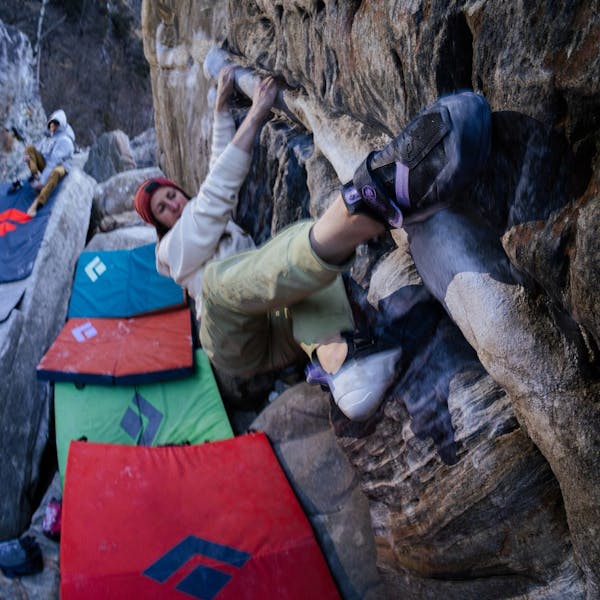
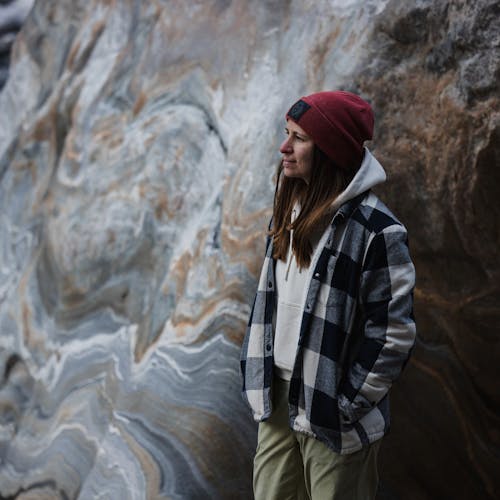
Kaddi's Gear
A quick personal journey into the early days of bouldering in Ticino
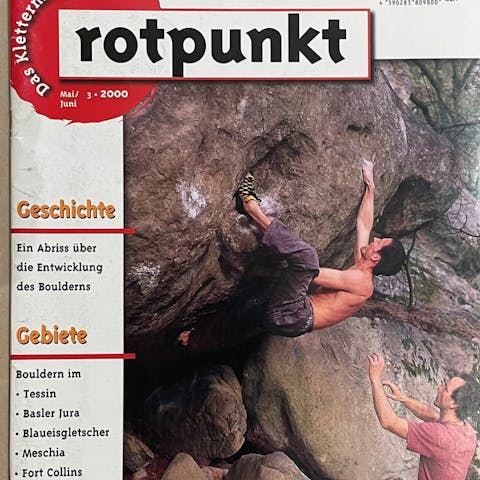
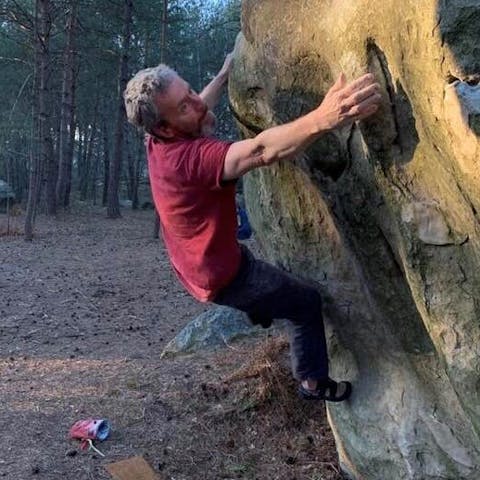
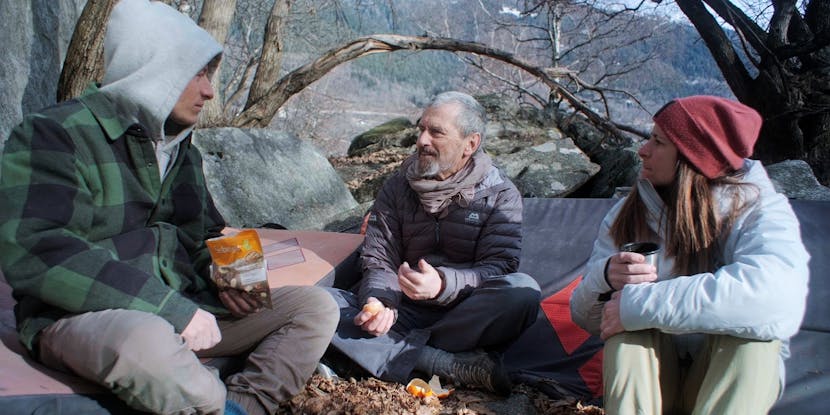
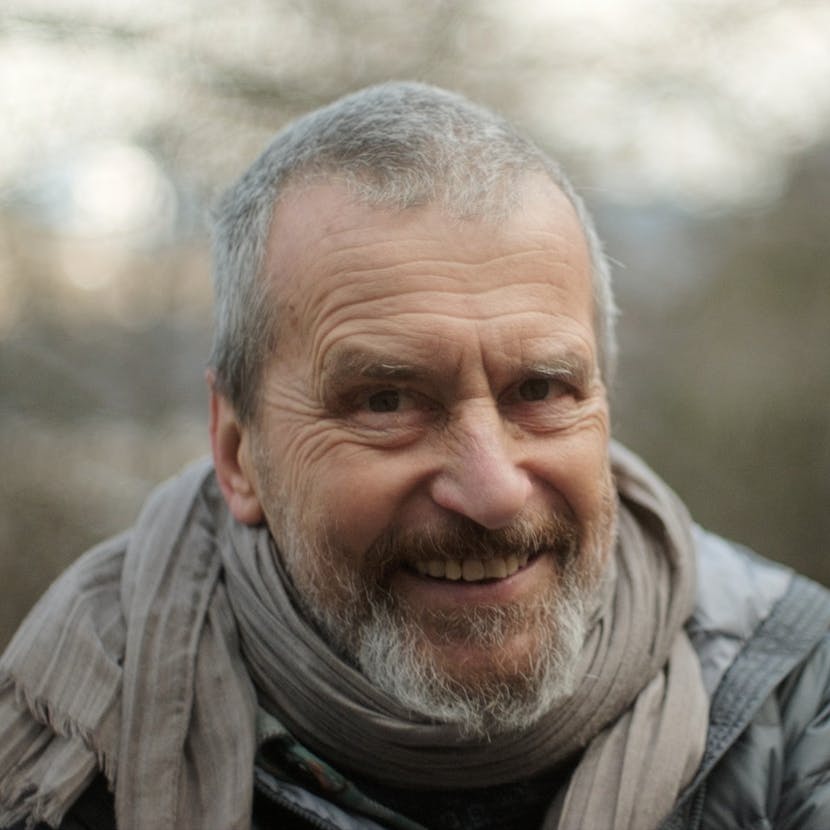
“…my eye caught the countless boulders with fine surface texture. My heart instantly started to beat faster and my eyes were astounded by the tremendous bouldering opportunities.”
Richi Signer, born ´58 in Switzerland is a sport climber and boulderer of the early hours, even today in his retirement he spent most of his free time climbing or still searching for new boulders.
He was one of the first climbers to discover the endless bouldering potential in Ticino, he just loves the simplicity of the activity, read his story about Ticino here:
In 1982/1983, an enthusiastic climbing friend of mine who loved café latte and red wine asked me to join him in the sunny part of Switzerland. There was great potential for new tours and a helping hand when drilling (by hand!) was always welcome. Upon inspecting a wall above the Cresciano, my eye caught the countless boulders with fine surface texture. My heart instantly started to beat faster and my eyes were astounded by the tremendous bouldering opportunities. Just a few weeks later and I was finally able to dive into this unique cosmos of boulders, only disturbed by a few goats. No names, no tick marks, no arrows pointing the way: just a huge personal playground. Speaking of names and ratings though: Sometimes there were names and only two ratings: either you go up, or you don't. Ranging through the woods of Cresciano equipped with just a couple of climbing shoes, a rag and a chalk bag...what could be better!?
Just two years later, again by chance, the discovery of Chironico, the next universe of boulders. Straight away on the first boulder, called the "Borderline” boulder today, my hold broke and I landed somewhat roughly on the ground. In the days without a crash pad (they first became the standard at the end of the 90s) and without a spotter, it was a rather unpleasant incident. My experience with the broken hold and the multitude of rather unfavorable fall locations then limited my visits to just a few times, but I clearly still preferred Cresciano. It’s a good drop and has more sun in the winter, because I clearly visited mostly in the winter. Even today, after forty years, one of my favorite destinations is a parkour through the “whole” area with around fifty boulders. Around the end of the 80s, I was surprised to find someone else's traces of chalk here, so someone else had to be climbing here.
Beginning of the nineties, Fred Nicole visited Cresciano with friends and locals to go sport climbing, among other things. He also immediately noticed the bouldering potential and the good jumping terrain here. In the neighboring area of Osogna, he succeeded in managing the first 8a boulder in Ticino in 1994, the “Rêve de Mario.” The name also solved my mystery of the mysterious chalk traces I had seen. Mario Ferrari had apparently already caught the bouldering bug in the 80s. In 1985, he already opened a 7a+ traverse in Osogna with the “Traverse di Mario.”
In 1996, I returned to Chironico with Andreas Luisier and also explored the lower part, today referred to as “Rah Plats Plats.” Andreas marked some “new” boulders with small arrows like he was used to doing on the Basel Jura. A few years later, these arrows caught the attention of the Tresch brothers and my acquaintance with Fred Nicole closed the gap even further. The bouldering scene was still relatively small at the time. People knew about each other, bumped into each other and heard this and that from time to time. The first publication in the German-speaking areas came about in 2000 (Rotpunkt magazine 3/2000) and in French-speaking areas in 1999 (Rock n’Wall).
At the latest when these publications were released, with the international presence and fame of Fred Nicole and the emergence of crash pads, the development (internationally as well) of bouldering couldn't be stopped starting in 2000. Other top bouldering destinations in Ticino, such as Brione, Calanca and Bavona, followed and the potential still seems inexhaustible.
Unfortunately, like in many areas, conflicts have also become an “everyday” affair. Bouldering has become a popular sport worldwide, also thanks to indoor halls, and in many areas it is no longer a peaceful sport. As great as it is when people pursue their favorite sport out in nature, the behavior of individuals is also problematic. A lack of respect toward nature, the sport of bouldering and the local population cannot stand.
#minimizeyourimpact
To preserve nature and climbing areas, not only in Ticino, climbers have the responsibility to maintain a respectful dialogue with other communities, cultures, and landowners, and to adhere to local rules. Here is some helpful information and rules for Ticino.
Climbing ethics when bouldering in Ticino
- No open fires
- Respect local access rules and climbing ethics
- Respect parking rules and parking fees
- Respect nature
- Do not access private property
- Respect the locals and other climbers
- Do not chip holds and footholds
- Brush off tick marks and chalk
- Pack out your waste
- Support local businesses (buy local)
- Dogs on a leash please
Important news and helpful pages with local info:
https://www.aass.ch/chironico_boulder.htm
https://27crags.com/crags/brione/access
